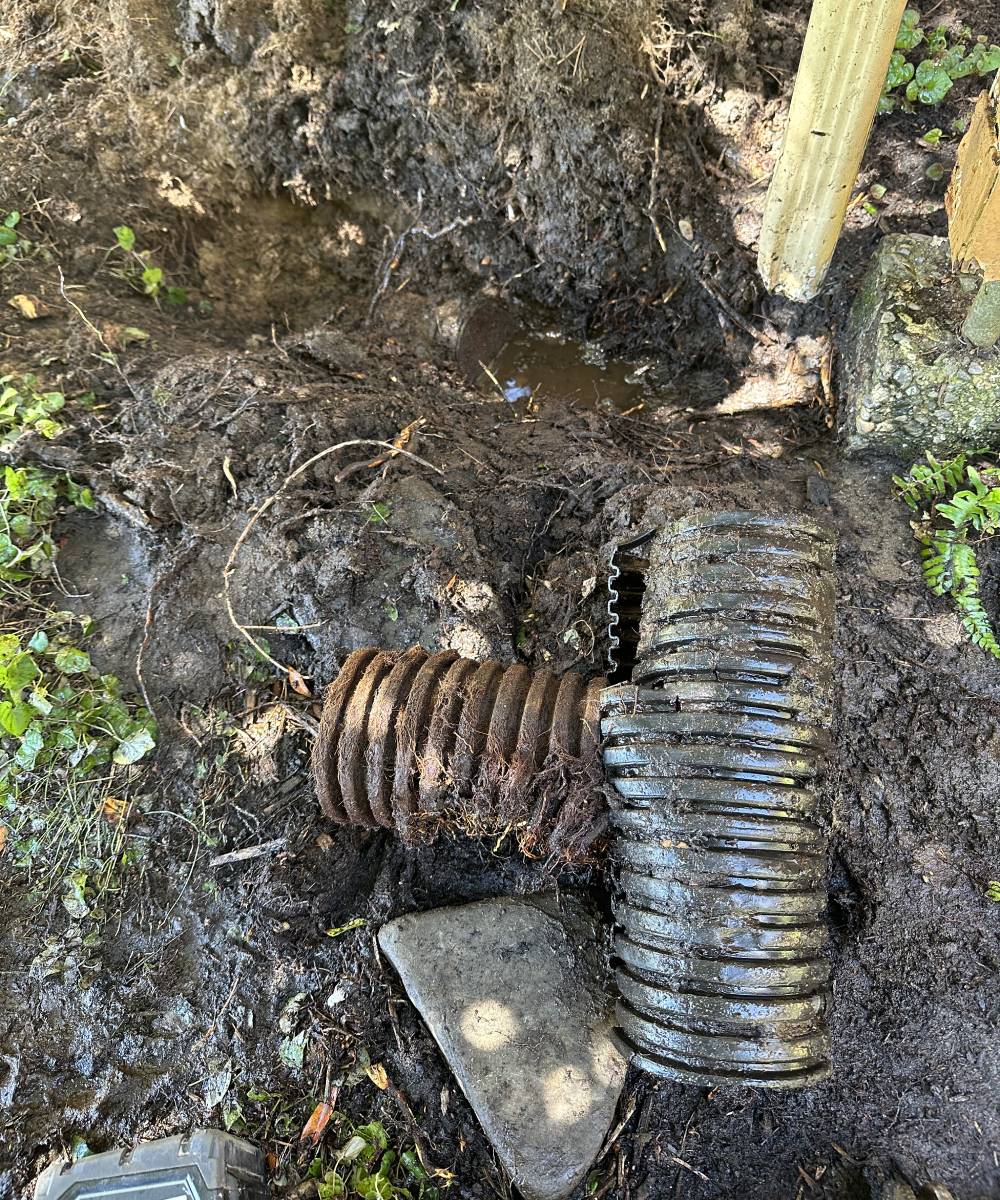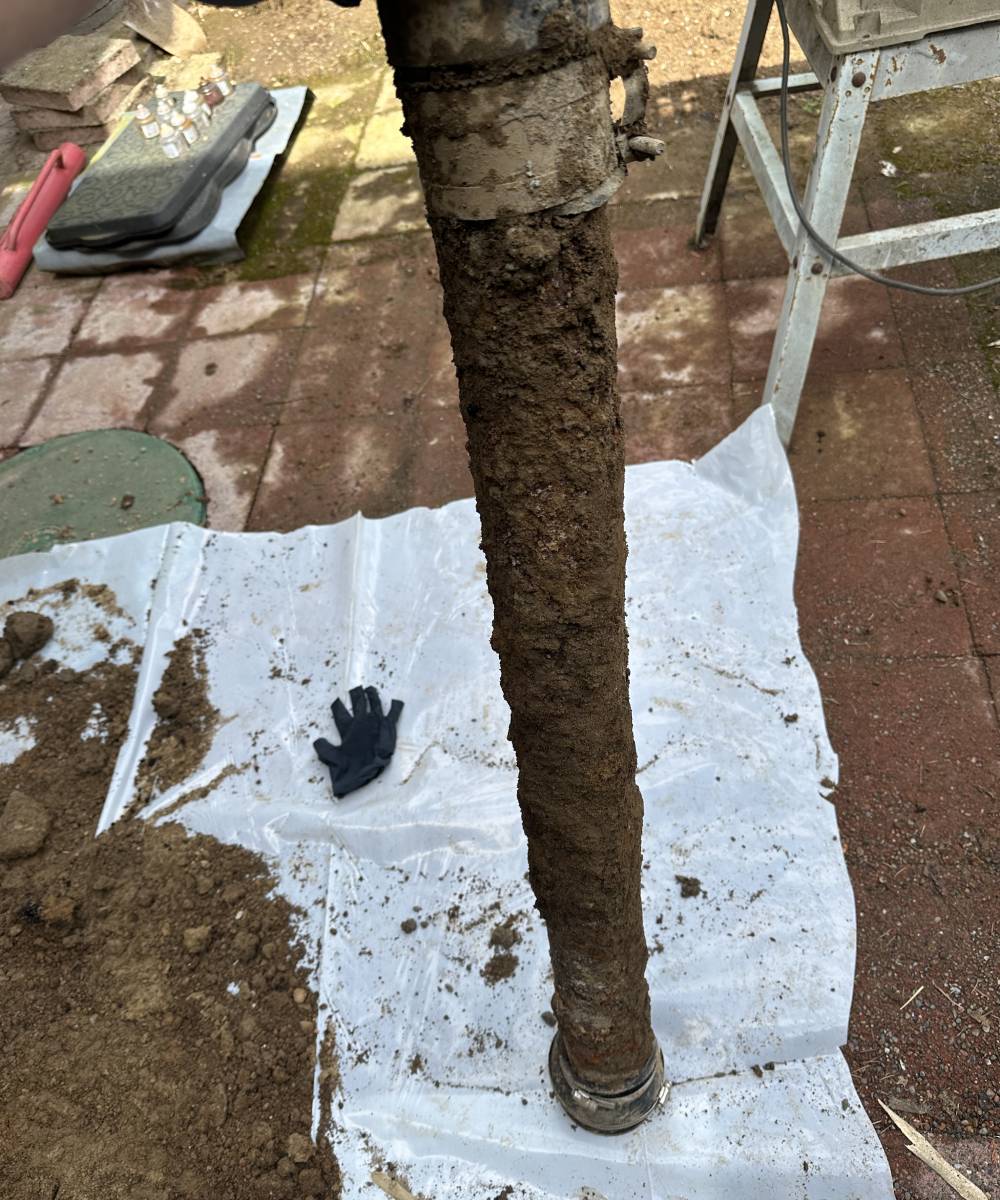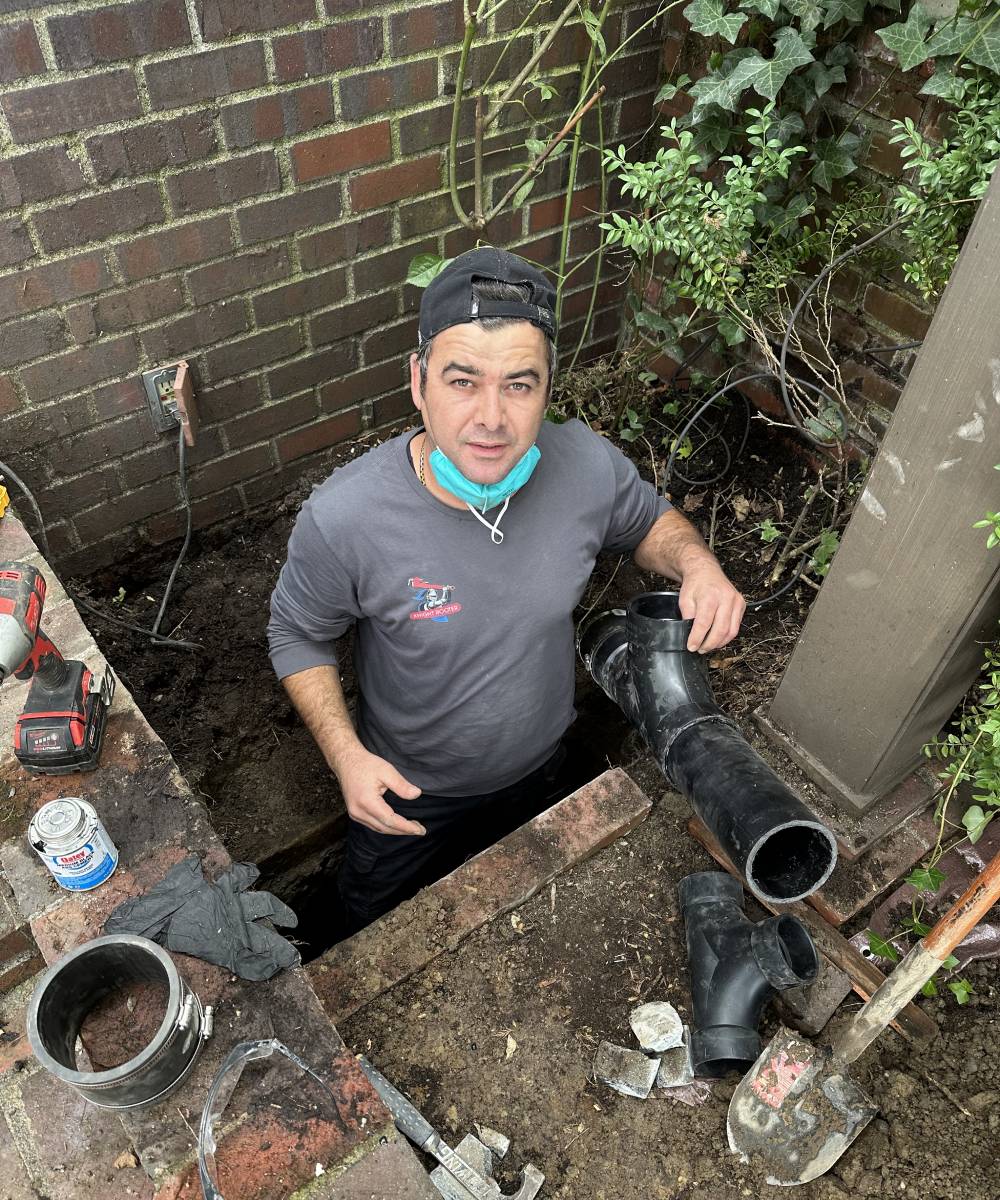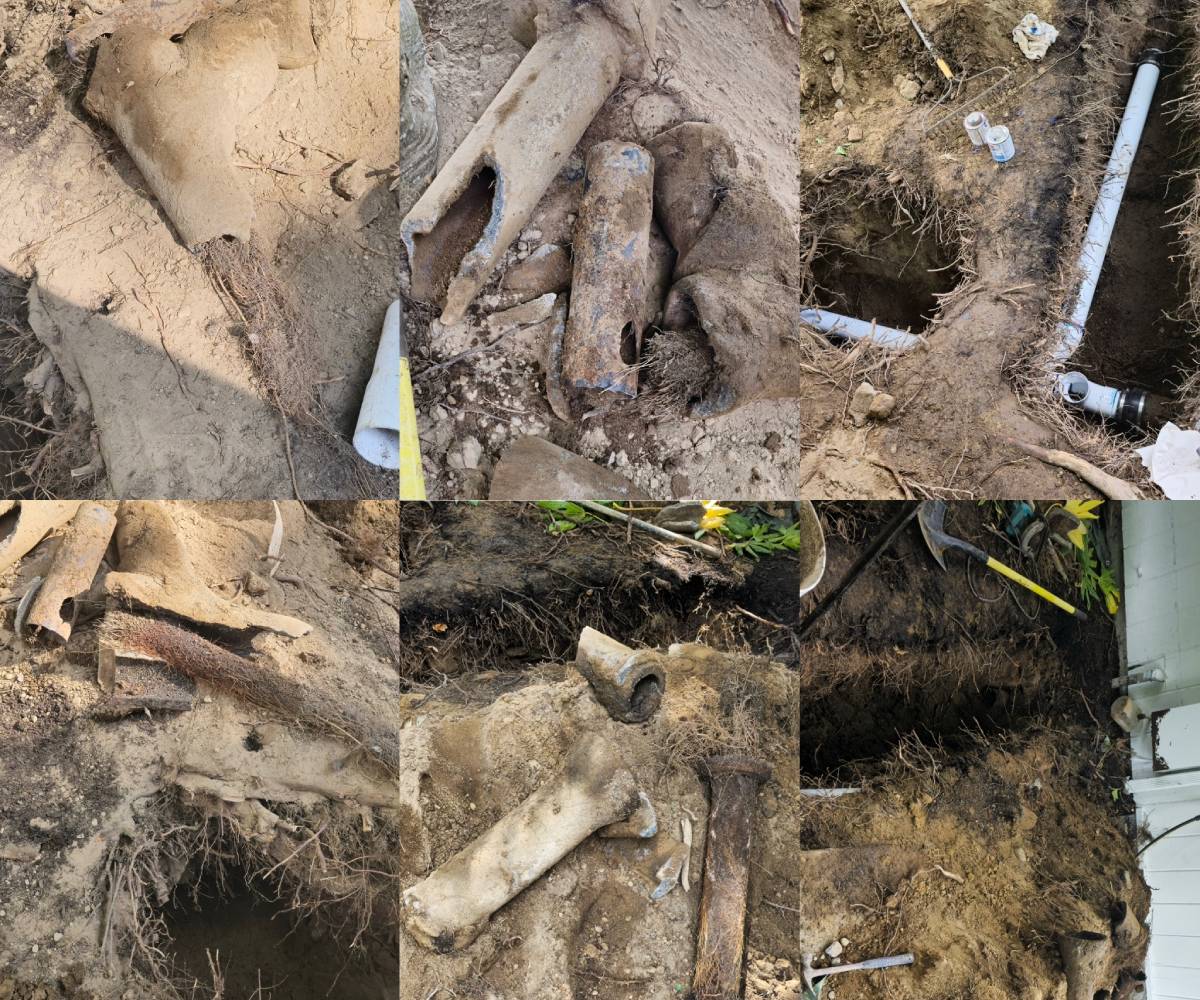Slow drains are a common but frustrating problem that many homeowners face. They can disrupt daily routines, lead to unpleasant odors, and even cause water damage if left unaddressed. In this comprehensive guide, we will analyze the root causes of slow drains, explore effective solutions, and provide actionable tips to maintain a healthy plumbing system.
A slow drain might seem like a minor inconvenience, but it often signals underlying issues in your plumbing system. Addressing these problems early can save you from costly repairs and potential water damage. Whether it’s a clogged bathroom sink or a sluggish kitchen drain, understanding the root cause is the first step to finding an effective solution.
Common Causes of Slow Drains
1. Hair and Soap Scum Buildup
Hair and soap scum are two of the most common culprits for bathroom drain clogs. Over time, they form a sticky residue that narrows the pipe’s diameter, slowing water flow and eventually causing blockages.
- Where it Happens: Bathroom sinks, showers, and bathtubs.
- How to Spot It: Water pools around your feet in the shower or drains slowly in the sink.
2. Food Particles in Kitchen Drains
Food waste, even in small amounts, can accumulate in kitchen drains, especially if you’re not using a garbage disposal properly. Greasy or sticky food residues exacerbate the problem by trapping other debris.
- Where it Happens: Kitchen sinks.
- How to Spot It: Foul smells and standing water in the sink.
3. Grease Accumulation
Pouring cooking oils and grease down the drain may seem harmless, but as these substances cool, they solidify and adhere to the pipe walls. This creates a stubborn blockage that is difficult to remove without professional tools.
- Where it Happens: Kitchen and utility drains.
- How to Spot It: Slow drainage accompanied by greasy residue.
4. Mineral Deposits
In areas with hard water, minerals like calcium and magnesium can build up in your pipes, creating a crusty layer that restricts water flow. This is particularly common in older homes with metal pipes.
- Where it Happens: All drains, especially in areas with hard water.
- How to Spot It: Reduced water pressure and frequent clogs.
5. Tree Root Intrusions
Tree roots are naturally attracted to the moisture in underground sewer lines. Over time, they can infiltrate the pipes, causing significant blockages and even structural damage.
- Where it Happens: Sewer lines and outdoor drains.
- How to Spot It: Frequent backups and gurgling noises from multiple drains.
6. Damaged Sewer Lines
Cracked, collapsed, or misaligned sewer lines can disrupt water flow and cause persistent drainage issues. These problems often require extensive repairs.
- Where it Happens: Main sewer lines.
- How to Spot It: Persistent drainage issues across multiple fixtures.

In-Depth Analysis of Drain Issues
Signs to Look Out For
- Water pooling around drains.
- Unpleasant odors from sinks or tubs.
- Gurgling noises when water flows.
- Multiple fixtures draining slowly.
Risks of Ignoring Slow Drains
Ignoring a slow drain can lead to:
- Complete blockages requiring emergency repairs.
- Water damage to floors and walls.
- Mold and mildew growth due to standing water.
Solutions to Slow Drains
DIY Fixes for Minor Issues
- Boiling Water
Pouring boiling water down the drain can dissolve grease and soap scum. - Baking Soda and Vinegar
Combine baking soda and vinegar to create a chemical reaction that breaks down organic clogs. - Plunger or Drain Snake
Use a plunger to dislodge minor clogs or a drain snake to remove visible blockages.
Advanced Professional Solutions
For stubborn or recurring issues, professional services may be necessary:
- Hydro Jetting: Uses high-pressure water to clear out grease, debris, and mineral deposits.
- Camera Inspections: Identifies hidden problems like tree roots or damaged pipes.
- Pipe Replacement: For severely damaged or corroded pipes.
The Role of Sewer and Drain Cleaning
Routine Sewer and Drain Cleaning is crucial for preventing slow drains and maintaining a healthy plumbing system. Regular cleanings:
- Remove buildup before it causes blockages.
- Extend the lifespan of your pipes.
- Prevent costly emergency repairs.
Preventative Maintenance Tips
- Avoid Pouring Grease and Oils Down the Drain: Dispose of them in a sealed container instead.
- Use Drain Covers: Catch hair and debris before they enter the pipes.
- Flush Drains Regularly: Use hot water or enzymatic cleaners to keep pipes clear.
- Schedule Annual Professional Cleanings: Proactive maintenance prevents major problems.
Conclusion
Slow drains are more than just an inconvenience; they’re a signal that your plumbing system needs attention. By identifying the causes and implementing the appropriate solutions, you can maintain efficient water flow and prevent costly repairs. For persistent or severe issues, trust Knight Rooter for expert sewer and drain cleaning services.
FAQ
What are the signs of a clogged drain?
Slow drainage, gurgling sounds, and foul odors are common indicators.
Can tree roots damage my plumbing?
Yes, tree roots can infiltrate sewer lines, causing blockages and structural damage.
How often should I clean my drains?
Professional drain cleaning is recommended at least once a year for most households.
Are chemical drain cleaners safe?
While effective for minor clogs, overuse of chemical drain cleaners can damage pipes.
For professional and fast drain cleaning Bothell, drain cleaning Seattle, and drain cleaning Bellevue, contact KnightRooter. Our team is ready to provide the best solutions for your drain issues.





No comment yet, add your voice below!